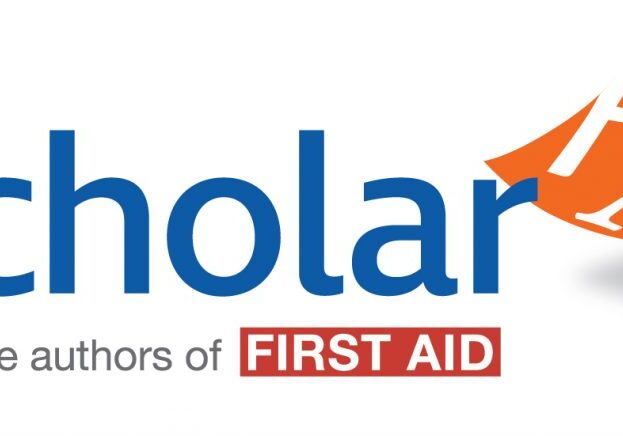By Patrick Sylvester
A few months back, I wrote a post outlining some of the changes that were coming in the 2014 edition of First Aid for the USMLE Step 1 (which, by the way, is currently available online and at major retailers). One of our blog followers commented on that post, and I think that comment deserves some special attention. The comment was: “how does First Aid continue to match the changes of the major tests it helps student prepare for?”
In case you weren’t aware, the USMLE is a rather dynamic test that is constantly evolving. Changes are made frequently to reflect updates in medical knowledge, to optimize the style of questions, or to shift the focus of content assessed. From a review of the announcements page on the USMLE website, here are a couple important changes that those taking this test in 2014 should be aware of:
- Changing of the passing score to 192 (from 188).
- Gradual introduction of DSM-V terminology and removal of diagnoses that do not appear in DSM-V.
- “Examinees will see an increased focus on quality improvement and safety science.”
This last point, taken from a recently published outline of upcoming changes to the USMLE series, has sparked a number of conversations in online forums and blogs (including the aforementioned comment on this blog). The question that most students facing these proposed changes in 2014 have is, “How can I prepare for this?”
While there are no guarantees, there seem to be a couple of reasonable predictions as to how these elements can be incorporated and/or assessed at the preclinical level.
One possibility is for these principles to manifest themselves in the context of basic science principles. For example, it would conceivable to ask students to identify risk factors and preventative measures in hospitalized patients (e.g. DVT prophylaxis). Can you identify risk factors that might predispose a hypothetical patient to this complication? Do you understand the mechanism of prophylactic treatments and identify which might be most efficacious for a given patient population?
Likewise, there’s plenty of room for questions on quality improvement/safety science to enter into the realm of ethics and behavioral science topics. For example, consider the discharge of a patient with complex medical and social issues (e.g. a homeless individual found to be HIV-positive). What levels of prevention are needed to decrease the chance of readmission? How can we optimize the number and type of discharge medications to ensure maximal adherence?
At this point in time, it’s not clear that specifically studying and preparing for these topics is the most efficient use of time in preparation for the USMLE Step 1. However, being able to identify quality improvement and patient safety measures both on a case-by-case and institutional level is becoming an increasingly important part of modern health care. If you’re interested in learning more about these topics, consider looking at publications by organizations such as the Institute for Healthcare Improvement (IHI) or the Agency for Healthcare Research and Quality (AHRQ).
The good news is that given the history of how new information/question styles are added to the USMLE, those of us who have recently taken Step 1 have probably experienced similar questions as experimental items. One can presume from the announcement of their formal inclusion that prior students have demonstrated the ability to rise to the challenge of addressing principles of quality improvement and safety science based upon their preclinical studies.
In conclusion, continue to learn more today about the world you thought you knew yesterday, and be prepared to apply that knowledge to the world you’ll meet tomorrow. In the meantime, we’ll continue to work on making First Aid a resource you can trust to help you along the way.



How do you guys suggest we go about studying for psychiatry? I am preparing to take the exam this march and have been using first aid 2013. Now that 2014 is updated to DSMV, should I be switching to 2014 edition for psychiatry?
According the USMLE site, the exam will slowly ease into DSMV but I am not sure what that really means.
Thanks in advance.
Depending on when in March you’re taking your test (and how far you see yourself within your dedicated study period for Step 1), I’m afraid of telling you something that might make you deviate from your study plan. With that said, it’s my opinion that FA 2014 represents the most up-to-date study resource for the USMLE Step 1 (even in light of these proposed changes). Nobody can tell for sure if some of the individual differences between FA 2013 and FA 2014 (including approximating the usage of DSM-V material in upcoming versions of the exam) will make or break your performance. However, if it’s still early in your study process, I would humbly suggest using FA 2014 if you already have it.
Happy studies!
Simply want to say your article is as astounding. The clarity in your post is just great
and i could assume you’re an expert on this subject. Fine with your permission let me to grab your RSS feed to keep up to date with forthcoming post.
Thanks a million and please keep up the enjoyable work.
Excellent post .
Can you pls inform us on the New version of the step 3 day 1 of the exam” foundation of science” knowledge and when First Aid will have a study material in place dedicated to the new format of step 3 .
Greatly appreciated .
eval(ez_write_tag([[300,250],’brighthub_com-medrectangle-2′]));.
Any kind of injury may affect the foot such as fractures,
bruises or trauma. Only a small percentage of the population is born with foot problems, the American Podiatric
Medical Association believes.